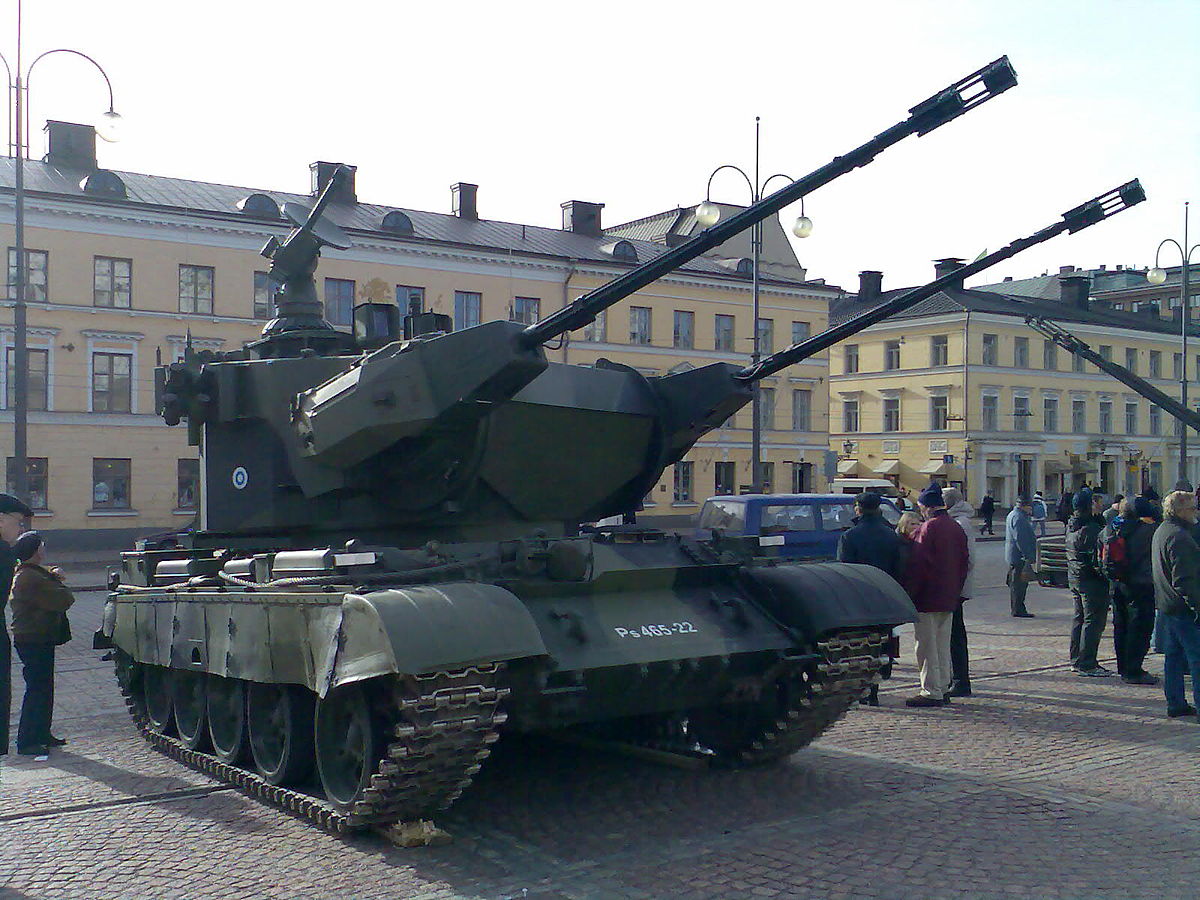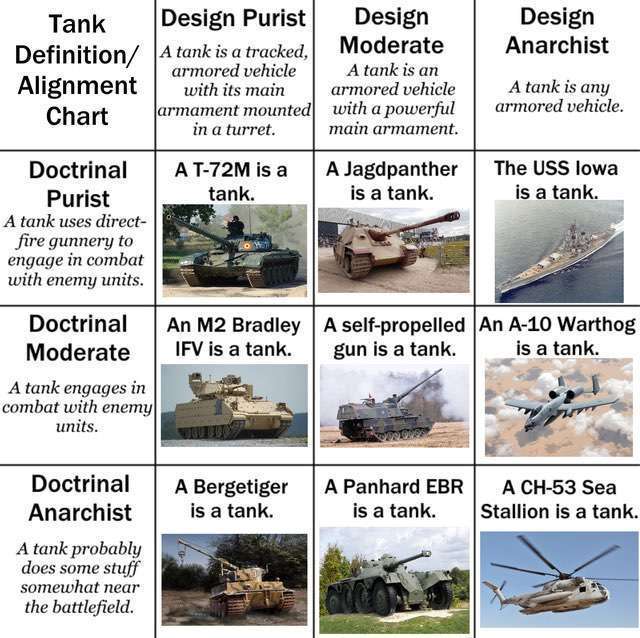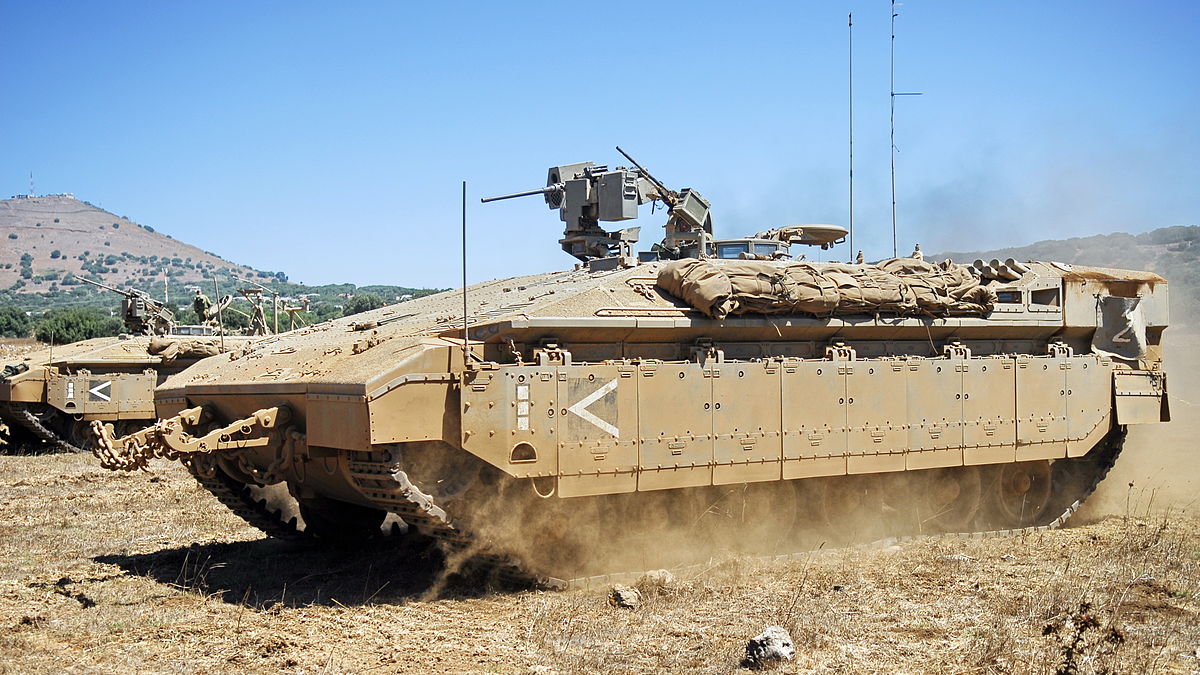On the York: it was a foul up only if people publicly admited it and tried to properly fix things... so. nope!Oh, I know... But I also remember that York debacle frequently appearing on the various news outlets as the sterling example of Pentagon procurement incompetence. Cost overruns, faked firing displays that were flops inspite of being completely sham set-ups. Eeeesh. In hindsight, the Brass might have been willing to buy from anyone. Maybe the poilitical pill could have been some concurrent horse-trade with the Germans for a US made goody.
That might work, or even one of the older hulls?
As for using older hulls, no. The point of a system like the Gepard is that it keeps pace and supports the main line, so keeping one hull (M60) throughout would be better, logistically. The M48 was being phased out of front line units.






